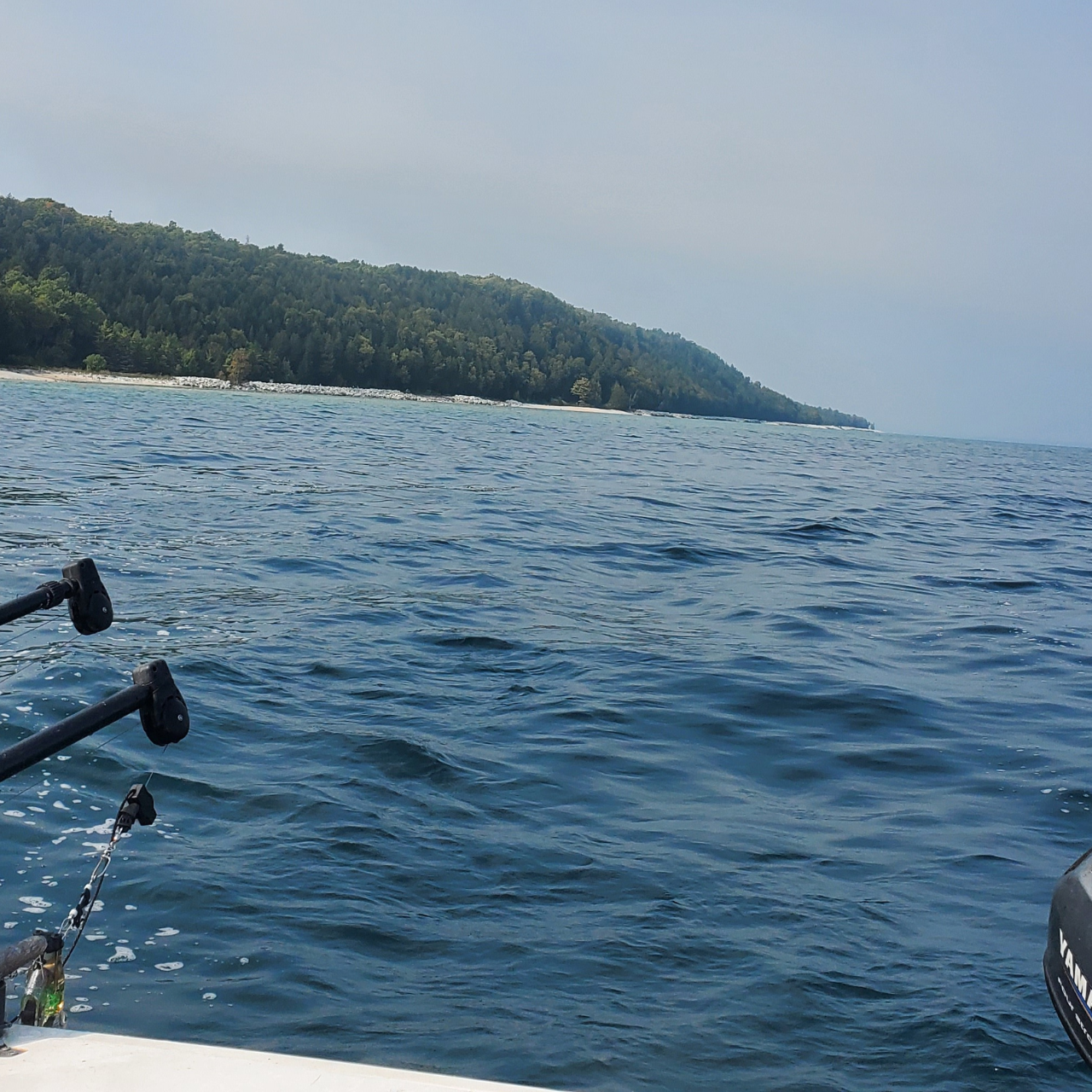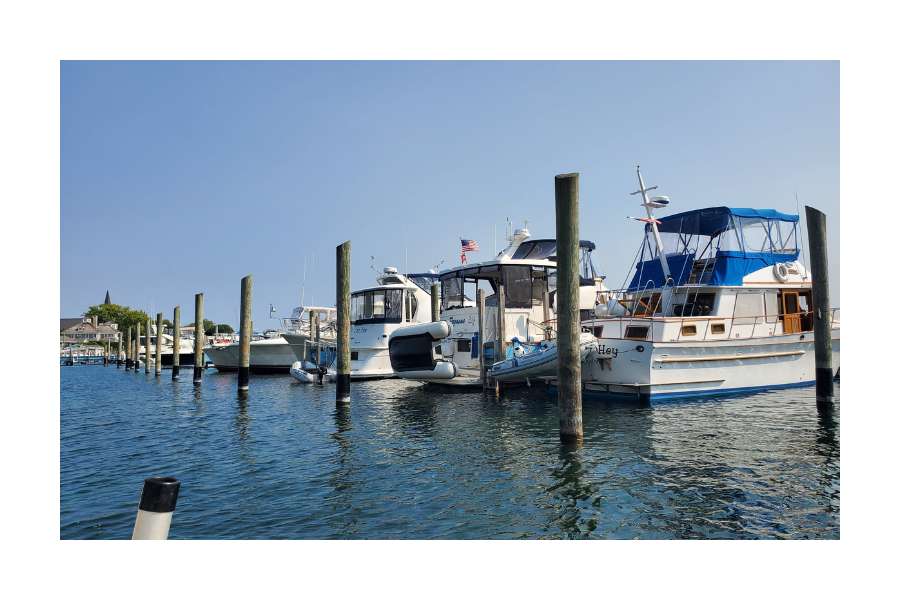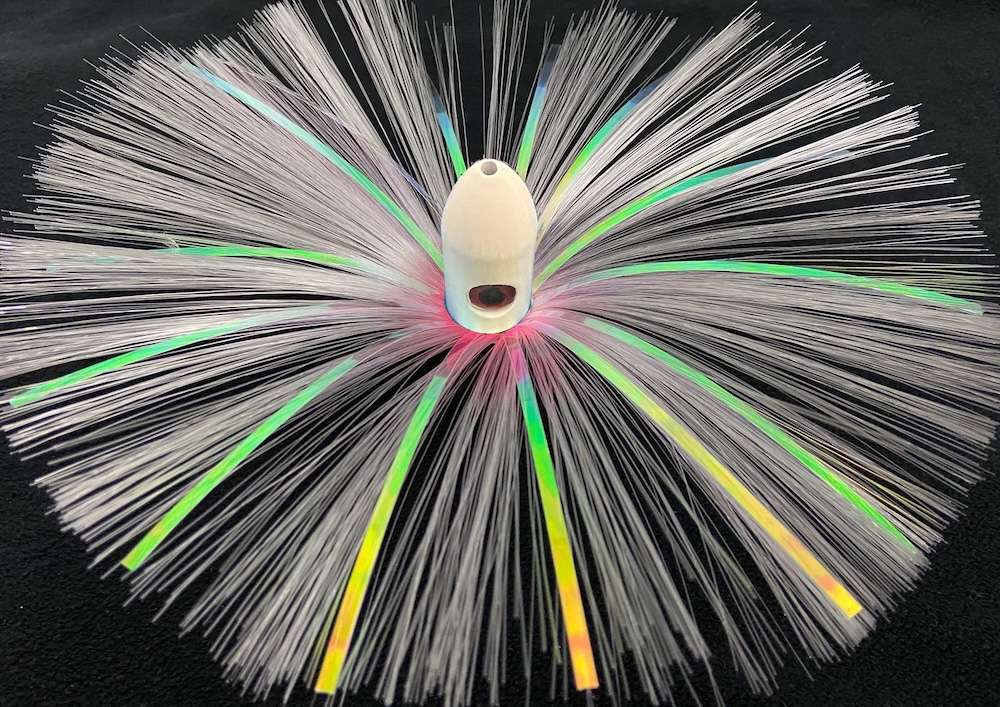September 16 2024. Fishery Antibiotics Controversy Explained.
Michigan Great Lakes fisheries have been hit with a major problem that is getting bigger by the minute, and a clear solution hasn’t been found yet. It’s all centered around the use of antibiotics, a practice that goes back as far as the 1940s but has received complaints in recent years.
As a brief catch up, fish feed began being mixed with oxytetracycline, amoxicillin, sulphadiazine-trimethoprim, and other similar medications, especially with walleye, white fish, and trout species.
The goal is to help the animals fight bacterial cold-water infections and similar waterborne diseases, which at best can cause the loss of product and the lessening of their quality. At worst, these infections can spread to humans that consume the product, causing serious illness or worse.
Along with treating already present conditions, they are also used to boost immunity for the fish so their risk for contracting them in the first place goes down. Serving as both a protection means and a quality enhancer, this method can bolster the success of fisheries immensely.
However, it hasn’t been all good news. New concerns have been raised about these antibiotics that has gained a lot of traction, and for good reason. The greatest one is about human safety. Antibiotics don’t always flush out of the fish’s system. While it may be helpful for them, it can be unsafe for humans to consume. Fish is one of the most popular food products in the world, so if there is a mass contamination of it, people at large are in extreme danger.
Even worse, these chemicals can poison the water, spreading the area of effect not only to the animals living in it, but anyone who might swim or drink in it.
The fishery’s reputation is also at stake. Recalls are hard to come back from, because they build an air of distrust in the distributor’s products. Scandals like these can carry on for decades after the fact.
If these medications are overused, the fish could develop an immunity to the antibiotics, rendering them ineffective. Alternatively, the diseases themselves can become desensitized to them, making them difficult if not impossible to treat.
Finally, while not as dire of a threat as the others, there have also been complaints about the taste.
Needless to say, enough has happened to give fisheries pause about antibiotics, but the next step is also unclear. It’s been agreed upon that any antibiotics used in the future will be put through rigorous testing first, which is a good start but hasn’t addressed the request for alternatives.
If a crucial step in the production process is simply removed, there will be unforeseen consequences with lasting effects. It must be replaced. While a foolproof method has yet to show itself, all of the following methods have been fruitful enough to earn a place on the consideration list.
- Vaccinations- This will build up an immunity within the fish without transferring the chemicals to other organisms.
- Probiotics- These are popular because they do not push for any particular outcome, but rather to regulate functions within the body to ward off illnesses naturally.
- Plant Therapy- Many consider this to be the most ideal course of action, as it is a natural remedy, so no artificial substances will touch the fish.
- Water Management- Regular purification of the fish’s environment will naturally increase their health.
- Bioremediation- while convenient because it draws from what already in the area, it can be difficult to direct these organisms to follow the exact plan.
The most poignant takeaway from all of these observations is the importance of science and nature to be properly mixed. This controversy has given a lot of credence to the thought that nature needs to be the one to set the pace so it can walk hand in hand with scientific developments rather than being at odds with one another.





